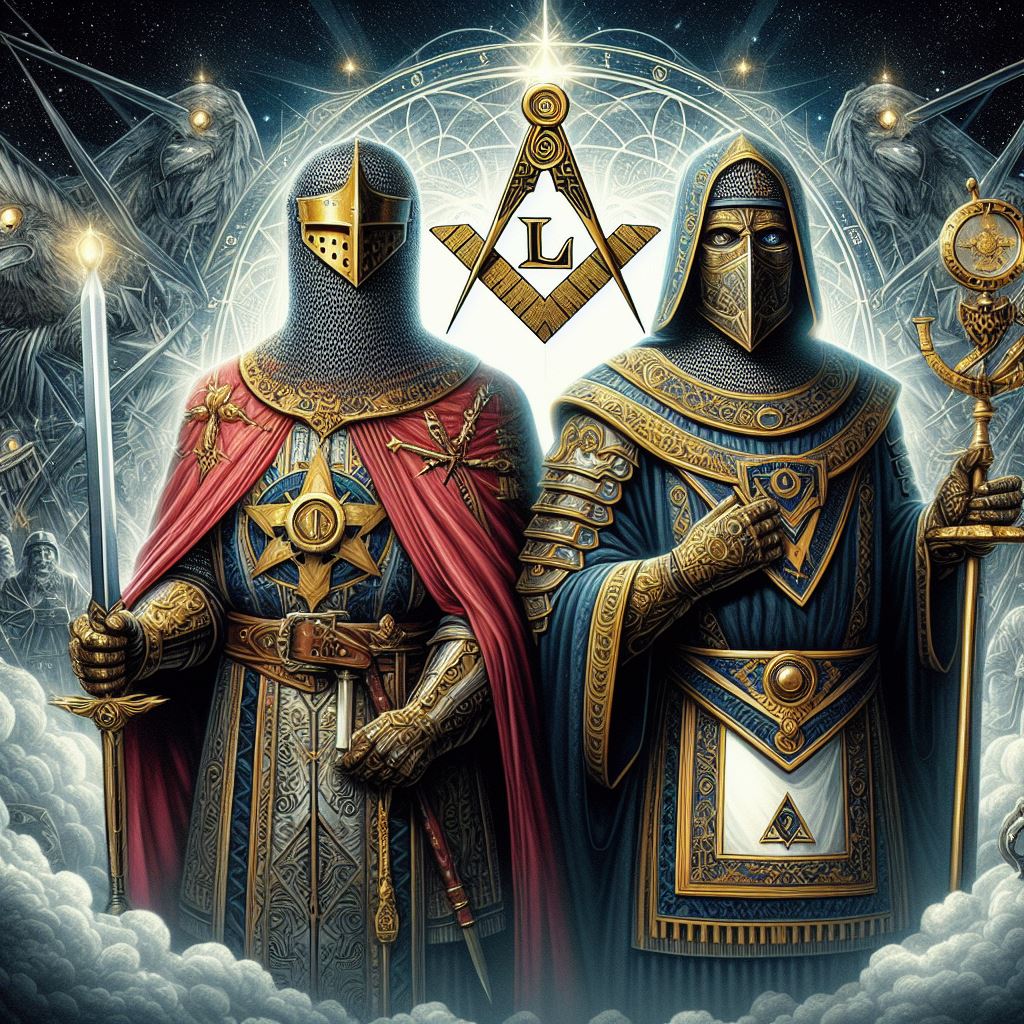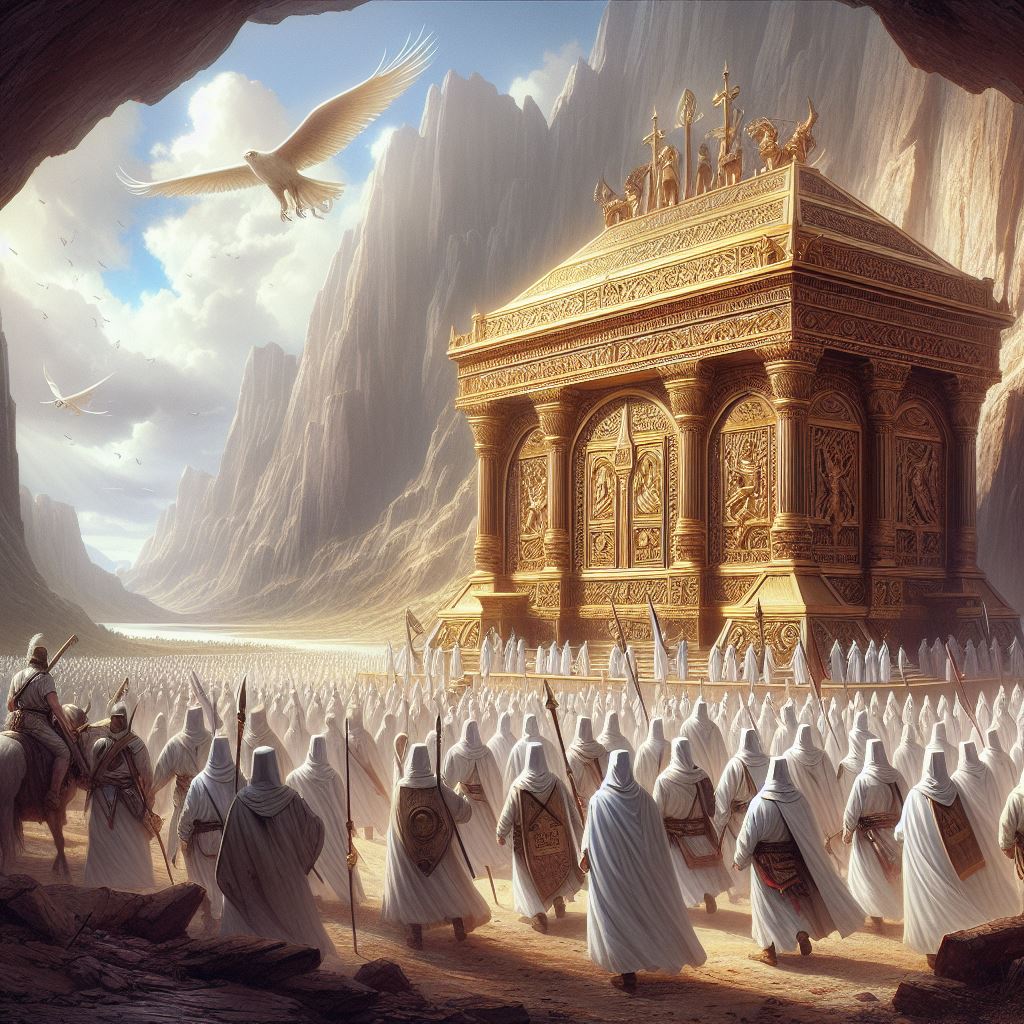At a place called Qumran by the Dead Sea in modern Israel there once lived a community of religious zealots often referred to generically as the Essenes. They were messianic. They believed God was speaking directly to them. And it was their sacred obligation to bring about an end times where they would emerge as the righteous rulers of the earth. In the caves that formed part of their network of habitations, they hid many scrolls explaining their apocalyptic theology as Roman soldiers came to crush them after the First Jewish Revolt. They also secreted away a Copper Scroll with vitally important information.
It was only after the Second World War (1939-1945) and the creation of the state of Israel that two bedouins discovered the secret writings of the Qumran community. Scrolls with biblical texts and other documents. But the most intriguing find by archaeologists in the 1950s was a scroll not made by animal skin, but copper. A scroll intended to survive as long as possible.
The mysterious Copper Scroll was discovered deep inside a cave at Qumran by archaeologists in the 1950s. The two thousand year old artefact detailed the location of treasure hidden at different locations. But it’s a treasure map that has led to no treasure – despite being translated. Some conspiracy theorists have conjectured that the Knights Templar in the medieval period found another copper scroll and got to the treasure first. Is there any truth in that?

Qumran versus the Hasmonean dynasty!
Who compiled this treasure map two thousand years ago? Manchester University academic John Allegro was part of the excavation team in the mid-1950s and he explained to journalists. Qumran had been the location of a Jewish sect living by the Dead Sea in a hyper-religious community. They called themselves the Sons of Zadok and believed they were the Elect of God.
Their community was a kind of monastic town that sprawled over the mountain side with purification baths, a library, aqueduct, and houses. They had fled Jerusalem in 150BC to live in the desert. Led by a shadowy figure called the Teacher of Righteousness, these zealots intended to burst out one day and create a new Kingdom of Israel founded on the correct theological lines. Their sworn enemies – as with Jesus, a product of Qumran some believe – were the priests in the Temple of Jerusalem. Collaborators with foreign rulers and betrayers of Jewish scripture. They would be swept away in their own blood by the righteous.
The foreign rulers detested at Qumran were initially the Seleucid Empire, founded by successors of Alexander the Great – the Macedonian warlord who had conquered the Middle East two hundred years before. The Greek influence was still huge and Hellenic empires like the Seleucids and Ptolemaic pharaohs governed the Levant and Egypt respectively. Needless to say, the community at Qumran hated these Greeks. But then came a short period of Jewish independence under the Hasmonean dynasty. Surely things would now improve?
Surely not, of course. Because the Hasmoneans didn’t come up to the exacting religious standards of Qumran. In fact, things probably got worse from Qumran under the Hasmoneans. Allegro believed that many fled a crackdown on their activity by the Jewish Hasmonean ruler, Alexander Jannaeus who ruled Judaea from 105 to 76 BC. He was both a king and the temple high priest.
This great Hasmonean king and high priest was pelted with rotten fruit in the Jerusalem Temple while offering the solemn sacrifice at the Feast of the Tabernacle. He was furious at the zealots. That was the last straw. Jannaeus descended on Qumran, arrested the Teacher of Righteousness, and had him crucified. The same fate that would befall Qumran-influenced Jesus decades later. Allegro thought that many at Qumran fled and ended up in far-off Germany.
The ancient Jewish Temple
If the community at Qumran thought they had a rough time from the Seleucid Greeks and the Hasmonean Jews – they hadn’t reckoned on a new foreign ruler: the Romans. The Roman Republic swept into the Middle East and soon ended up ruling the region either directly through governors or indirectly through puppet monarchs. And in Jerusalem, with the collaboration of the Temple priests.
The High Priest and Roman officials worked hand in glove. Puppet Jewish kings like Herod Antipas were more than happy to be cyphers for Roman imperial rule in return for a glittering lifestyle. Some Jews yearned for the return of the Hasmoneans or any form of independence. Being bossed around by gentiles was humiliating. In 66 CE, the Jewish zealots led a rebellion against Roman control in a bloody insurgency that took over five years for imperial forces to crush.
Roman vengeance was cruel and without mercy. The Temple in Jerusalem, the very place where Jesus expelled the money lenders, was ransacked for all its treasures. And then this vast place of worship was torched and demolished. It would never rise again. The glory of the Jews – the most holy place to them – was reduced to rubble and ashes. The Romans celebrated their theft of the Temple treasury on an arch in Rome – the Arch of Titus.
Back in Qumran, the community of ascetic Jews that had lived there for over two hundred years were very aware of events in the big city. They had relished an apocalyptic end of days ending the rule of darkness and bring forth the rule of light. Those who were evil – Romans and Temple priests – would be damned. While the community of Qumran would be saved and resurrected. However, things didn’t quite turn out like that.
The Romans destroyed the Essenes as part of the crushing of the Jewish revolt. And it was at this time, that the Qumran community frantically hid its scrolls – including an enigmatic copper scroll with details of treasure hidden away from prying Roman eyes.
Discovery of the Dead Sea Scrolls
In 1947, two Bedouin shepherds were herding their flock on the rocky and steep slopes near Qumran by the shores of the Dead Sea in modern Israel. The area is pockmarked by caves and a goat disappeared inside one of these black holes. One of the shepherds threw a stone after it to tease the animal out but instead heard a sound like breaking pottery.
The shepherd had made one of the greatest archaeological finds of the 20th century. In several large stone jars, hidden away two thousand years ago, were sacred scrolls that included a version of the Old Testament written down a thousand years before the oldest version in existence in 1947.
DISCOVER: The killer priests of medieval Europe!
The Copper Scroll – a treasure map with no treasure
Then in 1952, archaeologists chanced upon a copper scroll. All the other scrolls had been made of papyrus or animal skin but this scroll was etched into metal. It was clearly intended not to rot or be chewed away by insects. The information on it was vitally important.
The copper scroll detailed the hiding place of a vast treasure in gold and silver. Look under the third step at such-and-such building and you will find a strong box with this amount of talents in gold…the scroll read. One hiding place after another was listed.
Many scholars believed it was referring to treasures taken out of the Temple before the Romans arrived and placed in over sixty locations. This raised the tantalising prospect that all over modern Israel and Jordan are the most spectacular finds waiting to be discovered.
Others argued that the community was leading people of the future on a wild goose chase for objects that did not exist at all. And certainly, treasure hunters have been consistently disappointed ever since. But it’s hard to imagine a community facing the arrival of Roman legions set on decimating them in an act of bloody imperial vengeance would waste their last moments on earth etching a hoax into a copper scroll.
A Templar related theory posits that there was a second copper scroll. This one was hidden under the Temple in Jerusalem for future generations to discover. And, the theory goes, when the Knights Templar began digging under what they believed to be the Temple of Solomon, they discovered this scroll. The wealth they were then able to unearth at multiple locations formed the basis of their fabulous wealth.
For many Israelis today, the thrilling prospect of finding the sacred items of the destroyed Temple would herald the prospect of rebuilding it. However, one can imagine the political storm that would create.












4 thoughts on “The Copper Scroll and the secret of Qumran!”